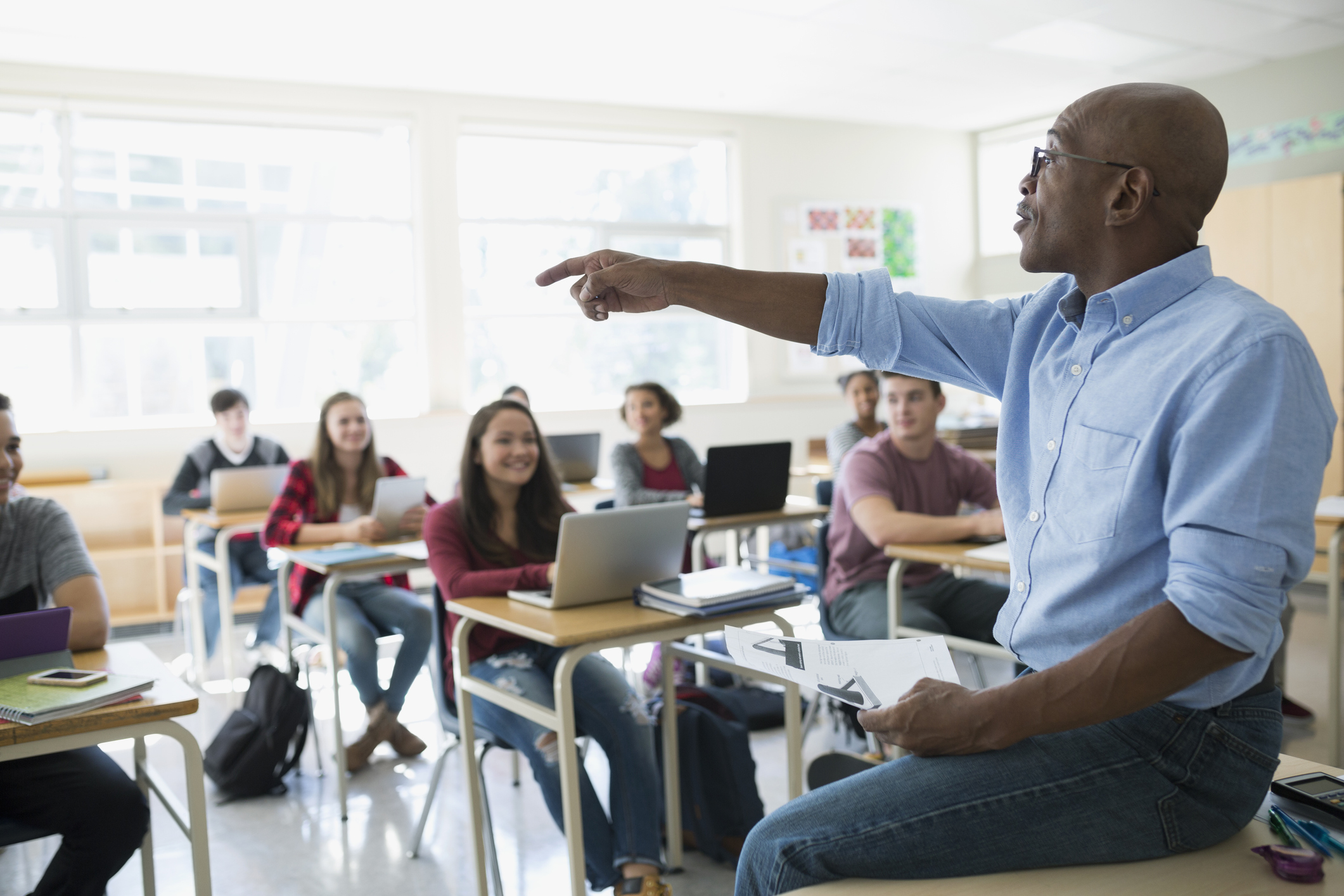Personalized Primary Science Tuition Singapore to Cater to Your Child’s Needs
Personalized Primary Science Tuition Singapore to Cater to Your Child’s Needs
Blog Article
Discovering the Various Mentor Methods in Primary Scientific Research Education And Learning Today
The landscape of key scientific research education and learning is evolving, with various teaching methods gaining prominence in contemporary classrooms. Inquiry-based learning, hands-on experiments, and the assimilation of modern technology are redefining just how educators engage young minds. Furthermore, collective techniques and distinguished instruction are being employed to deal with the diverse needs of pupils, improving both engagement and understanding. As we examine these methodologies, questions arise concerning their efficiency and the implications for future instructional practices. What might these changes in method mean for the next generation of students?
Inquiry-Based Learning
Inquiry-Based Discovering (IBL) is an instructional method that encourages pupils to explore clinical ideas through wondering about, examination, and hands-on experimentation. This approach emphasizes the role of students as energetic individuals in their learning, advertising critical reasoning and analytic skills. By involving with real-world concerns, students become interested and inspired, which enhances their understanding of scientific concepts.
In IBL, instructors work as facilitators, directing trainees as they browse their questions rather than delivering info straight. This student-centered strategy allows for differentiation, fitting numerous learning paces and styles. Trainees create abilities in developing theories, developing experiments, and assessing data, which are critical for scientific proficiency.
In addition, IBL promotes collaboration among pupils, urging them to share findings and ideas. This cumulative questions advertises social abilities and a feeling of community within the class. The process of query encourages durability, as trainees discover to accept failing as a stepping stone towards understanding.
Hands-On Experiments
Hands-on experiments are an essential component of efficient science education and learning, matching the concepts of inquiry-based discovering. These experiments allow trainees to engage straight with scientific ideas, fostering a much deeper understanding with experiential understanding. By manipulating materials and observing results, young students can grasp abstract concepts in tangible means.
Such tasks advertise crucial thinking and problem-solving skills, as students assume results, conduct experiments, and examine outcomes. This procedure urges them to ask concerns, improve their understanding, and develop a scientific frame of mind. Additionally, hands-on experiments can be customized to diverse learning designs, making certain that all students have the possibility to engage meaningfully with the content.
Moreover, hands-on experiments usually motivate cooperation amongst peers, advertising synergy and communication skills. Working in teams allows trainees to share ideas, discuss findings, and pick up from each other, which enhances their total educational experience.
Incorporating hands-on experiments into the primary scientific research educational program not only improves the finding out atmosphere however likewise grows a long-lasting interest in scientific research. By actively taking part in their education and learning, students are most likely to establish an interest for clinical questions that extends past the class.

Modern Technology Assimilation
Incorporating modern technology into primary scientific research education has actually come to be increasingly vital in fostering trainee interaction and boosting discovering end results. Using digital tools, such as interactive simulations, digital labs, and educational software application, provides pupils with possibilities to explore clinical ideas in ingenious methods. These resources help with a much deeper understanding of complex subjects by enabling students to visualize and control variables that would be unwise in a typical class setup.
Furthermore, technology combination encourages customized learning experiences. Students can progress at their own speed, reviewing challenging concepts through multimedia sources, which cater to various discovering designs. This versatility not only sustains individual development however also grows a sense of autonomy in learners.
Additionally, modern technology functions as a bridge to real-world scientific research, connecting students with present research study and specialist payments. Accessibility to on the internet data sources and scientific journals widens pupils' viewpoints on clinical query and cultivates essential believing abilities.
Collaborative Learning
Collective understanding plays a vital function in main scientific research education by fostering team effort and interaction skills among pupils. reference This method urges students to interact, share expertise, and participate in analytical, which enhances their understanding of clinical ideas. By taking part in team activities, trainees learn to express their concepts, listen to diverse point of views, and negotiate remedies, all of which are vital skills in both real-world and scholastic contexts.

Study suggests that collaborative knowing can result in enhanced motivation and engagement in science subjects, as trainees locate pleasure in common experiences (primary science tuition Singapore). Furthermore, this strategy prepares students for future collective undertakings, equipping them with the abilities essential for effective team effort in college and expert settings. Ultimately, embracing joint knowing in main scientific research education can dramatically enrich the knowing experience and advertise a much deeper understanding of scientific query
Set Apart Direction

Set apart direction can manifest in different means, such as varying the material, processes, or products of discovering. For example, educators may use tiered projects that offer varying levels of intricacy, permitting pupils to operate at their corresponding preparedness levels. Additionally, versatile grouping techniques can help with cooperation amongst pupils with different capabilities, fostering peer knowing.
Evaluation plays a crucial duty in this strategy, as it educates guideline and aids teachers understand each student's one-of-a-kind needs. Formative analyses, such as tests and monitorings, can direct teachers in changing their techniques to boost learning outcomes. primary science tuition Singapore. Eventually, by carrying out set apart guideline check out this site in key science education, teachers can grow a more effective and equitable knowing environment, encouraging all pupils to reach their full potential in comprehending scientific phenomena
Verdict
In summary, the varied training techniques in key scientific research education, including inquiry-based discovering, hands-on experiments, technology combination, collective understanding, and separated guideline, jointly contribute to a more efficient discovering setting. These methods promote vital reasoning, analytic skills, and a deeper comprehension of scientific ideas. By implementing these techniques, instructors can create encouraging and interesting class that attend click now to the different demands of pupils, ultimately fostering a lifelong rate of interest in science and enhancing academic achievement.
Inquiry-Based Knowing (IBL) is an instructional technique that encourages trainees to check out scientific ideas with wondering about, examination, and hands-on testing.Joint discovering plays an essential role in primary science education by cultivating team effort and communication skills among students.Research indicates that collaborative learning can lead to increased motivation and involvement in scientific research subjects, as pupils find enjoyment in shared experiences.In fostering an inclusive knowing setting, distinguished direction emerges as an essential method to fit the diverse needs and capabilities of pupils in key science education. Eventually, by carrying out separated instruction in main science education, educators can grow an extra efficient and equitable learning setting, encouraging all students to reach their full capacity in understanding scientific sensations.
Report this page